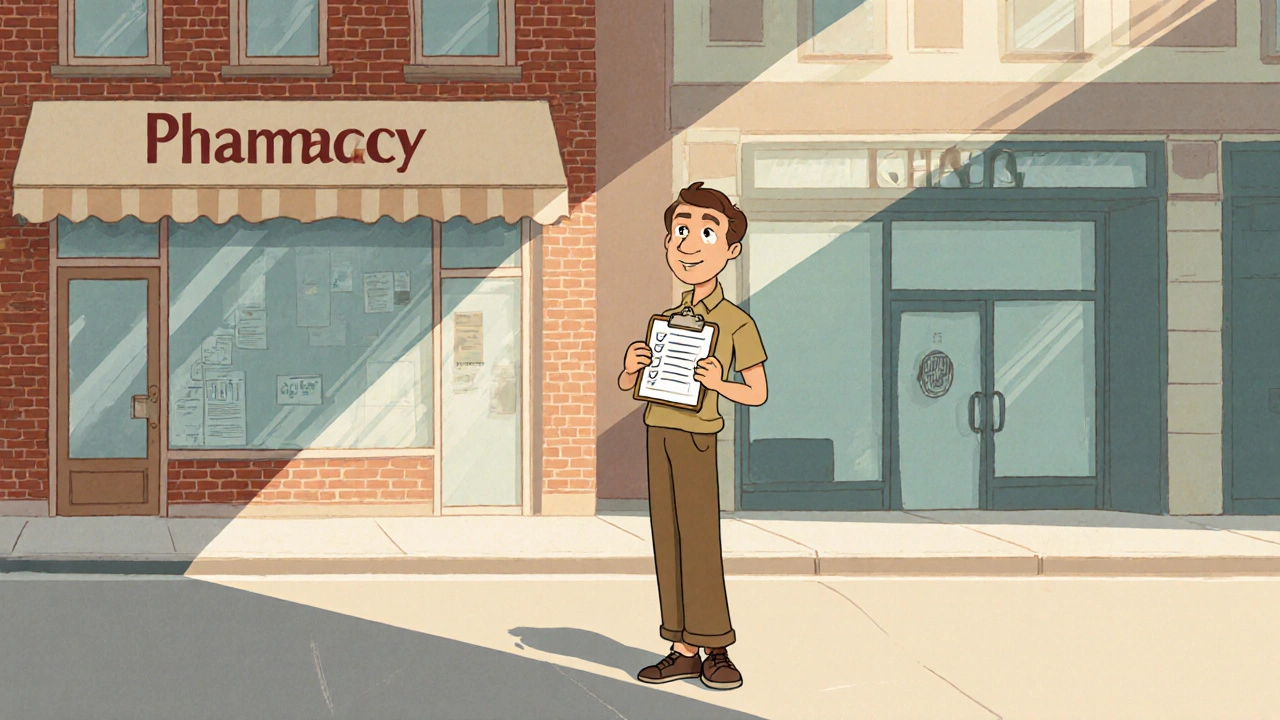Pharmacy Transfer: What It Is and Why It Matters
When dealing with pharmacy transfer, the process of moving a prescription from one pharmacy to another. Also known as prescription transfer, it helps patients keep continuity of care while changing location, insurance, or pharmacy preference. A smooth transfer avoids gaps in medication, reduces refill headaches, and can lower out‑of‑pocket costs. Understanding the steps ahead of time makes the whole thing feel like a simple phone call rather than a maze.
Why would anyone need a transfer? Most people start with a prescription, a written order from a healthcare provider for medication that they fill at a local pharmacy. Life changes – a new job, a move, or a change in insurance – often mean that the original pharmacy is no longer convenient. Insurance, the health coverage plan that helps pay for medications can also dictate which pharmacies are in‑network, making a transfer financially smart. When you realize the current pharmacy won’t accept your plan or is too far, a transfer becomes the logical next step.
The actual hand‑off is straightforward but requires a few key actions. First, contact the new pharmacy and ask them to initiate the transfer. They’ll need the name of the original pharmacy, the medication details, and your consent. This is where the pharmacy network, the group of pharmacies linked by contracts with a specific insurer matters – some networks allow direct electronic transfers, while others may need a fax or a phone call. You’ll also be asked to verify your identity and sign a release form; that authorization is the legal bridge that lets the new pharmacy request your medication history.
While the paperwork is simple, common pitfalls can trip up even seasoned patients. One mistake is assuming the transfer happens instantly – it can take 24‑48 hours, especially for controlled substances. Another is neglecting to check for differences in formulary coverage; the new pharmacy might offer a lower‑cost generic that your doctor didn’t prescribe. During the hand‑off, maintaining medication safety, ensuring the correct drug, dose, and instructions are delivered is critical. Ask the new pharmacy to confirm the dosage and to notify you if there are any changes in counseling or labeling.
Digital tools are making pharmacy transfers quicker than ever. Many insurance portals let you submit a transfer request online, and some pharmacy chains have mobile apps that automate the process with just a few taps. If you’re comfortable with technology, start the request through the app, then follow up with a quick call to confirm receipt. For those who prefer a personal touch, a brief conversation with the pharmacist can help clarify any side‑effects, refill timing, or special instructions that might otherwise get lost in a fax. Understanding pharmacy transfer can save time and money. Below you’ll find a curated set of articles that dive deeper into specific scenarios, from handling insurance nuances to choosing the right pharmacy for chronic conditions.
Key Things to Remember
1. Always have your current prescription details handy – medication name, dosage, and pharmacy contact.
2. Verify that your new pharmacy accepts your insurance and is in‑network.
3. Allow 1‑2 days for the transfer to complete; plan refills accordingly.
4. Double‑check the medication label at the new pharmacy for accuracy.
5. Use online portals or apps when available to speed up the process.
With these basics in place, you’ll be ready to move your meds without missing a dose. The articles that follow explore each of these steps in detail, give real‑world examples, and offer tips to avoid common mistakes.

Switching Pharmacies: Essential Info You Must Provide for a Smooth Prescription Transfer
Learn the exact personal and prescription details you must give when switching pharmacies, plus special rules for controlled substances and a step‑by‑step transfer guide.
Read More




